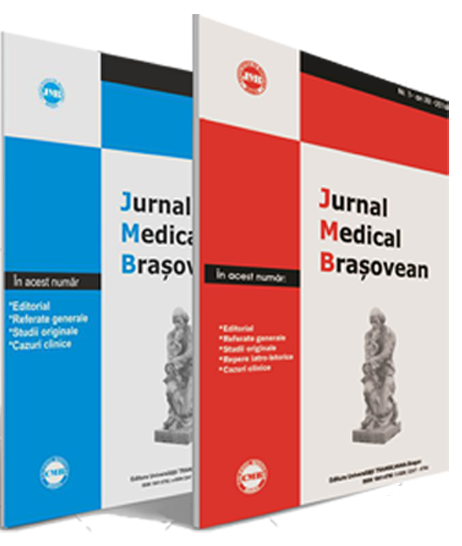Journal information
|
|
Title: Jurnal Medical Brașovean Publishing House: Editura Universității Transilvania din Brașov 4 (up to the year 2005 inclusively) 2 (since 2011) ISSN (print): 1841-0782 Status: Active E-mail: jurnalmedicalbrasovean@yahoo.com |




